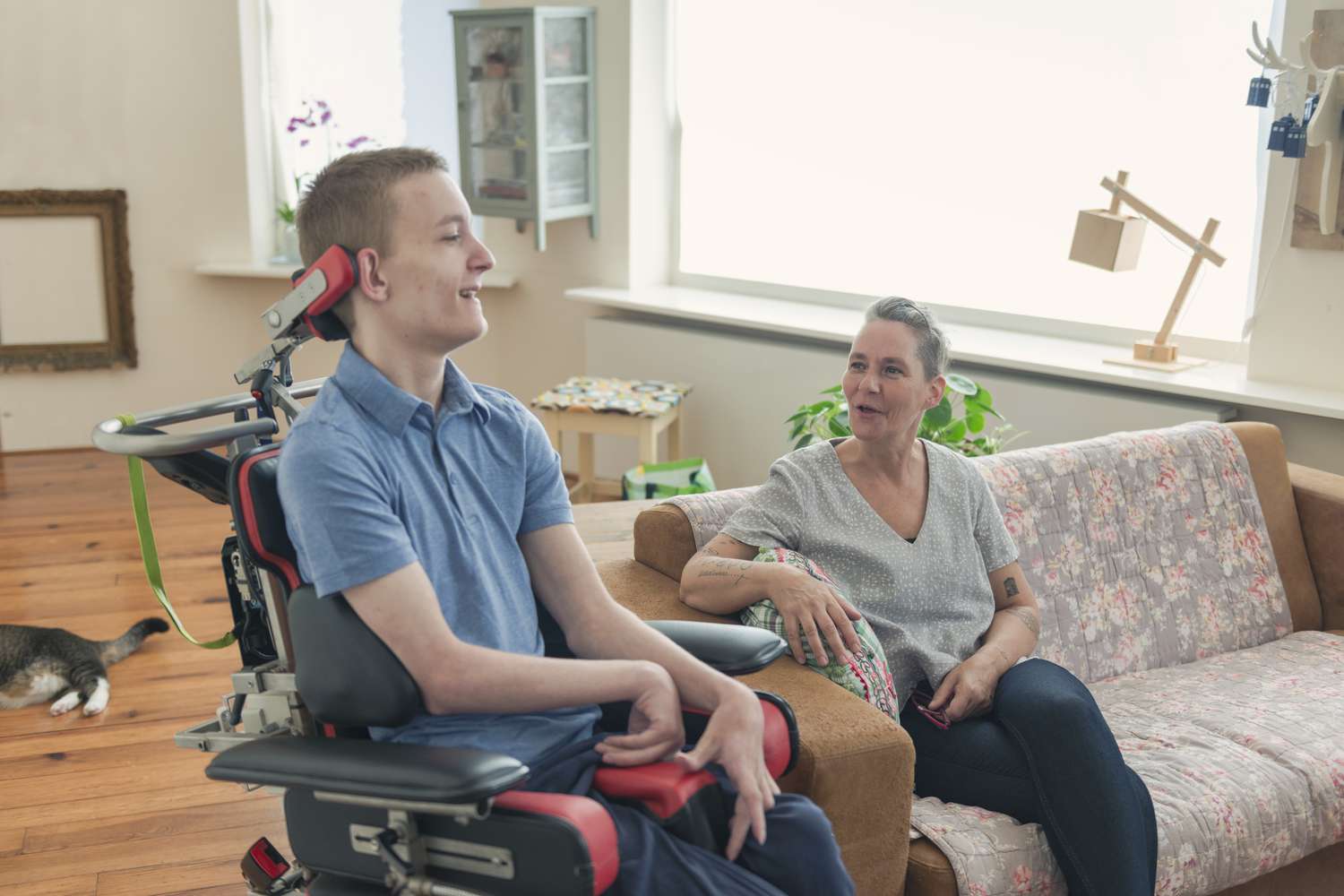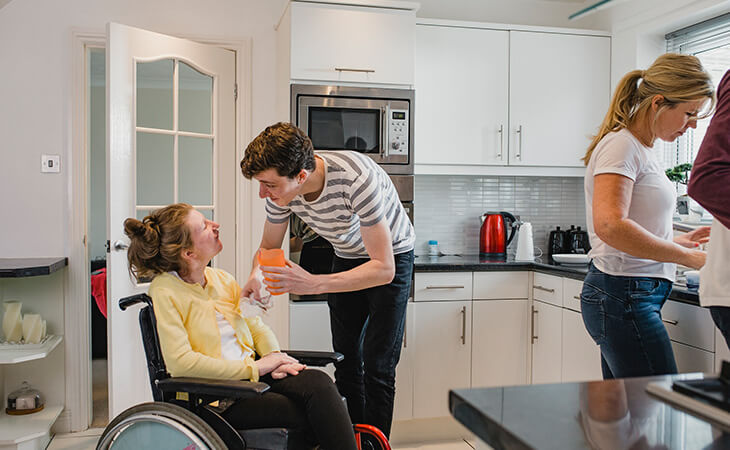Amyotrophic lateral sclerosis (ALS) is a progressive neurological disorder that affects the nerve cells responsible for controlling voluntary muscle movement. It is also known as Lou Gehrig’s disease, after the famous baseball player who was diagnosed with it in 1939.
Symptoms and Signs of ALS
Symptoms of ALS usually begin in the arms and legs, but can also affect the muscles used for speaking, swallowing, and breathing. The disease eventually causes the muscles to weaken and waste away, leading to paralysis and death.
Early symptoms of ALS may include muscle weakness or twitching, difficulty speaking or swallowing, and a loss of fine motor skills. As the disease progresses, these symptoms may worsen and may also include muscle cramps, spasms, and difficulty breathing.
One of the most common signs of ALS is a loss of muscle mass, particularly in the arms and legs. This can cause a noticeable weakness or difficulty in performing everyday activities, such as lifting objects or walking. Other signs of ALS may include a change in vocal pitch or a weakness in the muscles used for speaking and swallowing.
Treatment for ALS
There is currently no cure for ALS, and treatment options are limited to managing the symptoms and improving quality of life. Medications may be prescribed to reduce muscle cramps and spasms, and physical therapy can help improve mobility and muscle strength. Assistive devices, such as a wheelchair or breathing machine, may also be necessary as the disease progresses.
Another treatment option for ALS is the use of non-invasive ventilation, which involves using a mask or mouthpiece to help with breathing. This can be particularly helpful for those with advanced ALS who have difficulty breathing on their own.
It is important to seek medical attention as soon as possible if you or a loved one is experiencing any symptoms of ALS. Early diagnosis and treatment can help manage the disease and improve quality of life.
There are also a number of clinical trials currently underway for the treatment of ALS, and participating in one of these trials may be an option for those with the disease. These trials aim to find new and more effective treatments for ALS, and offer the opportunity for individuals to receive cutting-edge care.
Living with ALS can be a challenging and overwhelming experience, but there are resources available to help. Support groups and counseling can provide a sense of community and help individuals and their families cope with the disease.
In conclusion, ALS is a progressive neurological disorder that affects the nerve cells responsible for controlling voluntary muscle movement. Symptoms may include muscle weakness or twitching, difficulty speaking or swallowing, and a loss of fine motor skills. While there is no cure for ALS, treatment options include medications, physical therapy, assistive devices, and non-invasive ventilation. It is important to seek medical attention as soon as possible if you or a loved one is experiencing any symptoms of ALS, and participating in clinical trials may be an option for those with the disease. Support groups and counseling can also provide much-needed support and resources for individuals living with ALS and their families.

 Home
Home Health
Health Diet & Nutrition
Diet & Nutrition Living Well
Living Well More
More












